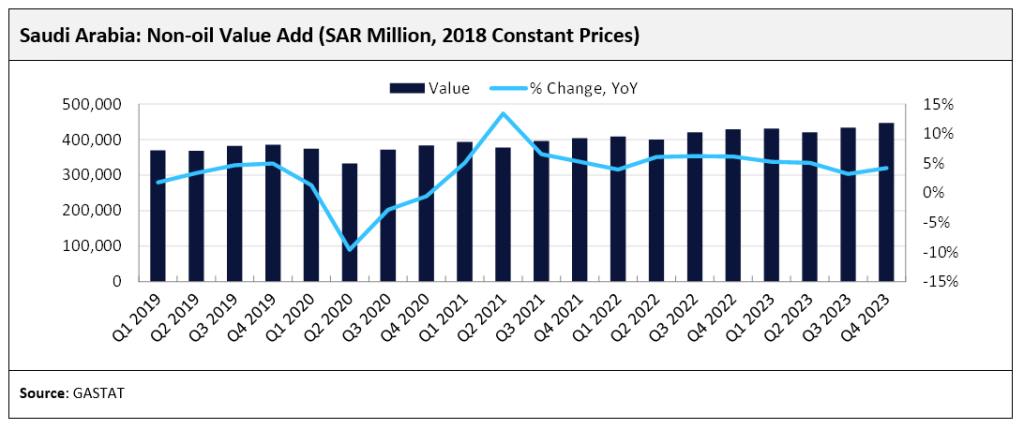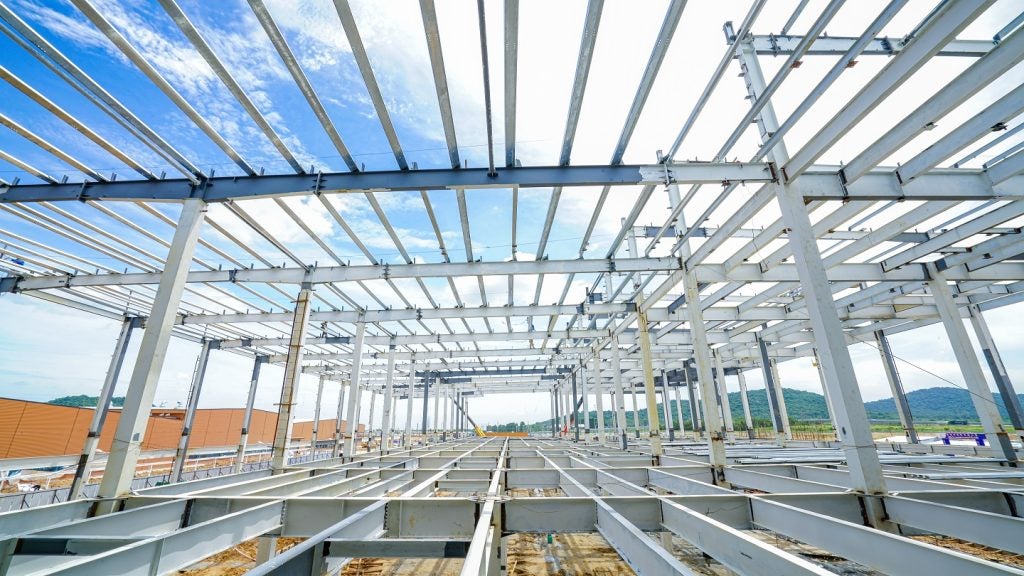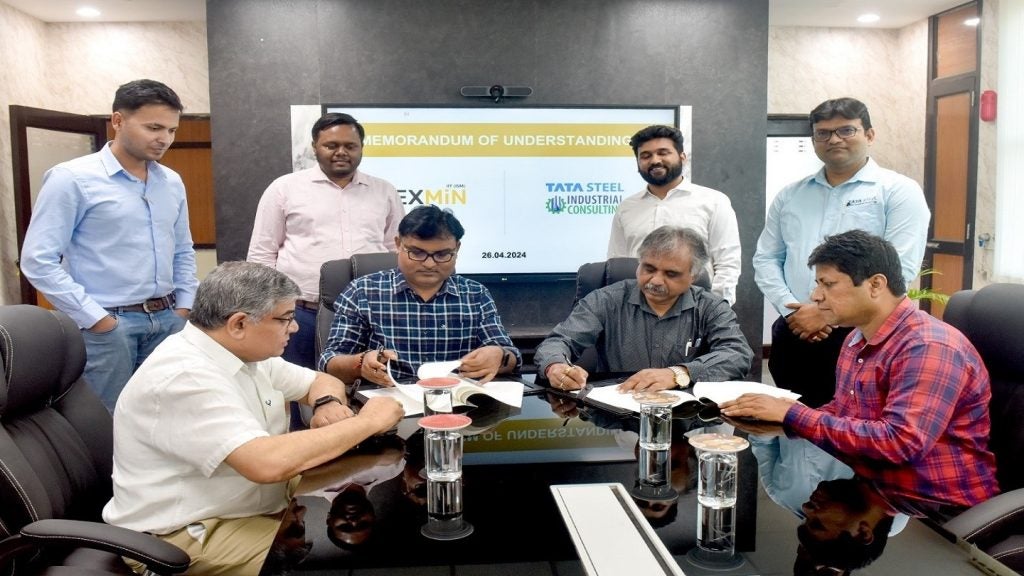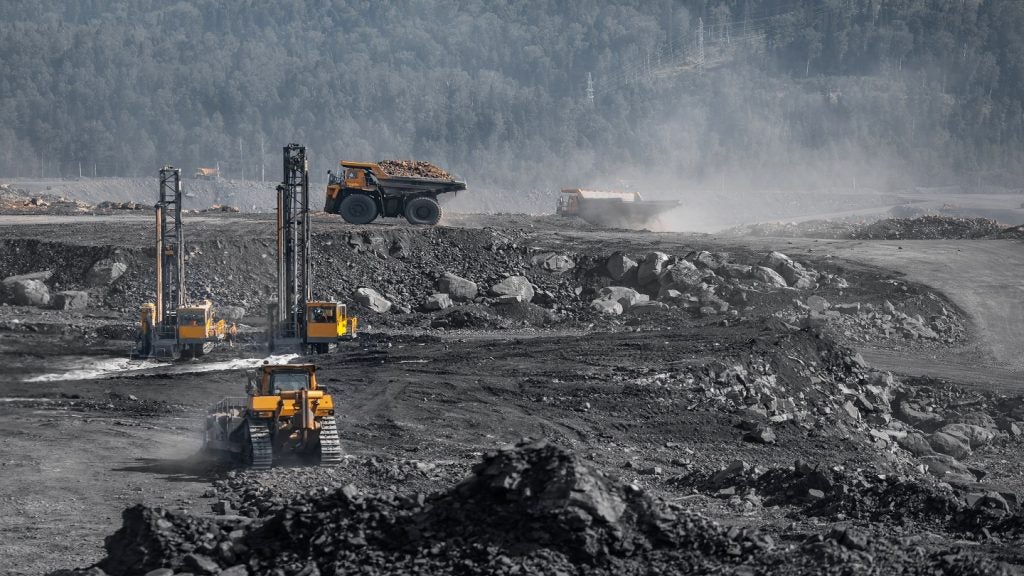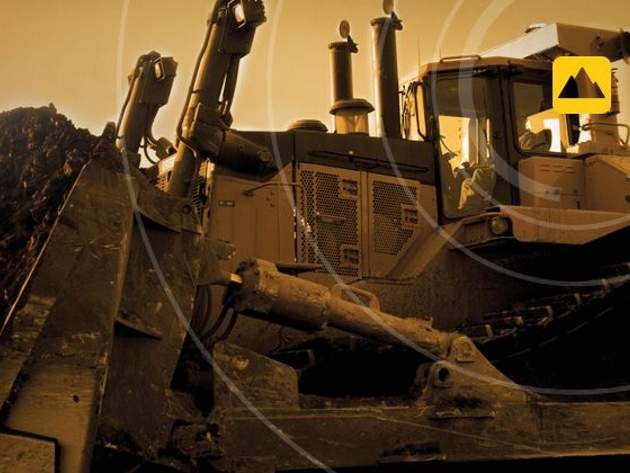

Of the many self-professed feathers already attached to his cap, perhaps Donald Trump might add conjuring.
The US President has pledged to return coal mining jobs back to areas hit hardest by the loss of heavy industry over the decades. How will this be achieved? By rolling back the Obama administration’s climate change policies and reopening the pits.
It’s a short-sighted solution, even by Trump’s standards. The nostalgia-drenched rhetoric employed to encourage mining communities in and around Appalachia to dig out their hard hats, picks and shovels and return to work seems little more than moonshine. As the British, US-based talk show host John Oliver recently advocated, “Trump needs to stop lying to the miners”.
Part of the problem is that the jobs the President speaks of can’t return because they no longer exist in such a form. Despite the White House laying the blame with the Obama administration, American mining jobs have been in steady decline over the last four decades; between 1980 and 2015, employment in the industry dropped by almost 60%.
Not necessarily fewer jobs: an industry in flux
The job drain of recent years, felt across the mining sector globally, can be attributed in part to automation, which has made the profession significantly safer.
How well do you really know your competitors?
Access the most comprehensive Company Profiles on the market, powered by GlobalData. Save hours of research. Gain competitive edge.

Thank you!
Your download email will arrive shortly
Not ready to buy yet? Download a free sample
We are confident about the unique quality of our Company Profiles. However, we want you to make the most beneficial decision for your business, so we offer a free sample that you can download by submitting the below form
By GlobalData‘Smart’ mines, which incorporate everything from drones and wearables to 3D printing, are becoming more commonplace, and recruitment and human resources have simply not kept pace with the growth of technology. But there is hope.
“The message is that it’s not necessarily fewer jobs in mining – it will just be different jobs,” says Philip Hopwood, Deloitte global head of mining. “In reality,” he adds, “employment will be growing in the mining sector as we see mining investment ramp back up again, leading to opportunities in jobs related to investment in building what we term the digital mine.”
At present, Hopwood says the mining sector is still playing catch-up with the likes of real-time data analytics and the phasing out of manual labour in favour of the back office, whereby on-site technology is connected to back-end systems. The next step for miners is to find the right talent to operate the tech.
“In order to capitalise on technology, the sector will need to rethink how it attracts talent,” says Hopwood.
“[The industry] has to widen the pool from which it draws. That is, it has to actively start recruiting among diverse populations. This is why we have seen, for example, some mining companies reaching out to encourage greater workforce participation by women. They see a pool of talent that is available that will also encourage greater diversity of thinking in the organisation.”
Preparing for a smaller workforce
However, Aaron Cosbey, senior associate at the International Institute for Sustainable Development (IISD), contends that companies are still struggling to come to terms with the idea of a depleted workforce.
“Most companies have been caught a little off guard,” he says. “Their happy assumption was that anything that improved efficiency while at the same time improving safety would be a good thing.”
Last year, along with the Columbia Centre on Sustainable Investment and Engineers Without Borders, the IISD penned a report titled, ‘Mining a Mirage’, which predicted a loss in jobs and tax revenues at the hands of mine automation.
Increasing use of self-driving trucks will hit the resource-dependent developing nations the hardest, reducing GDP by almost 4% in some instances, the report claims.
For Cosbey, it’s not just companies that have the responsibility of overseeing this transition from manual labour to automation in as sensitive a way as possible. Governments, too – especially in aforementioned developing countries – need to play a greater role.
“Doing this in a sensitive way, that’s the million dollar question,” he says. “This is primarily a government responsibility, and we have a terrible track record on it, though we’ve improved since the days of the industrial revolution.”
Changing mining’s management strategy
Hopwood also agrees that diplomacy is crucial to assuage workers’ fears of being put out to pasture.
“Mining companies will need to develop better change management strategies to bring along their workforce,” he explains. “Where appropriate they will need to help them become knowledge workers.
“But let’s not forget there are also many mining-related businesses that will continue on just as they have before. METS [mining, equipment, technology and services] jobs will still be needed. IT consultants, truck drivers, suppliers – there is an entire mining ecosystem that will also continue to be a significant employer around the world.”
Where Hopwood and Cosbey chiefly differ is over the idea of re-skilling workers who lose their jobs to technology. While the former is confident a manual worker could be retrained to run robot mines, believing that “many of them are already quite digitally aware”, the latter considers the acquisition of such skills to be a tall order.
“The hard fact is that some people are going to be cast off, and not retrained to be IT workers,” claims Cosbey.
“The net effect will still be a significant drop in employment. Efficiency gain, which is a primary driver, involves net fewer workers per unit of output. The new jobs will require skill sets that many of the job losers will be hard-pressed to acquire.”
New prospecting: enter the millenials
The introduction of technology into mining over the years has unquestionably produced an identity crisis for an industry steeped in tradition. But for all the challenges it throws up, there is a now an opportunity to cast aside accusations of fustiness and attract a new tech-savvy generation of workers to the profession.
“To get the right talent, mining will also need to address how to attract millenials,” says Hopwood. “Most millenials these days don’t appear to be interested in working at mines in remote parts of the world. The issue is, how to attract this section of society. The fact that mining is just finding its voice in terms of technology – with so many opportunities to innovate – is exciting and can prove attractive to millennials.”
Such a forward-looking approach can only serve the industry well, as companies will always need workers and even robots require human handlers. While not quite a remnant of the quaint past, the requirement for manual labour appears to be on the way out.



